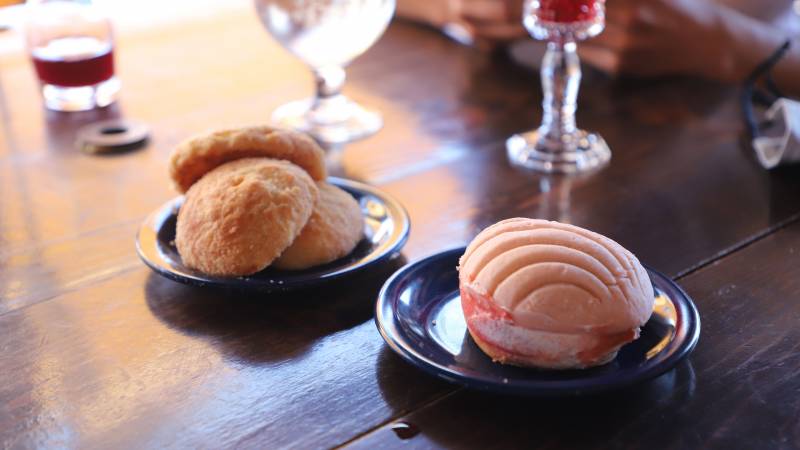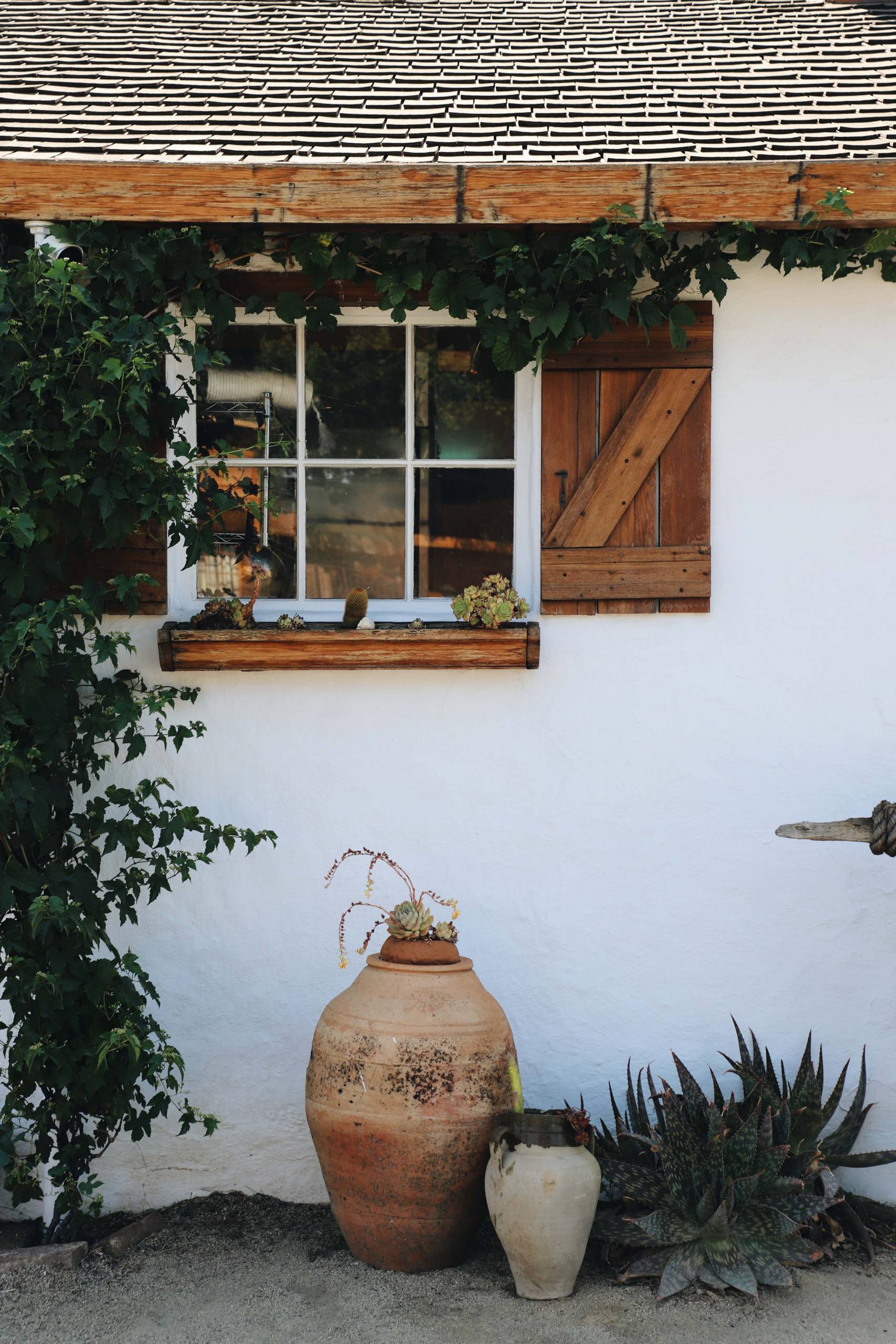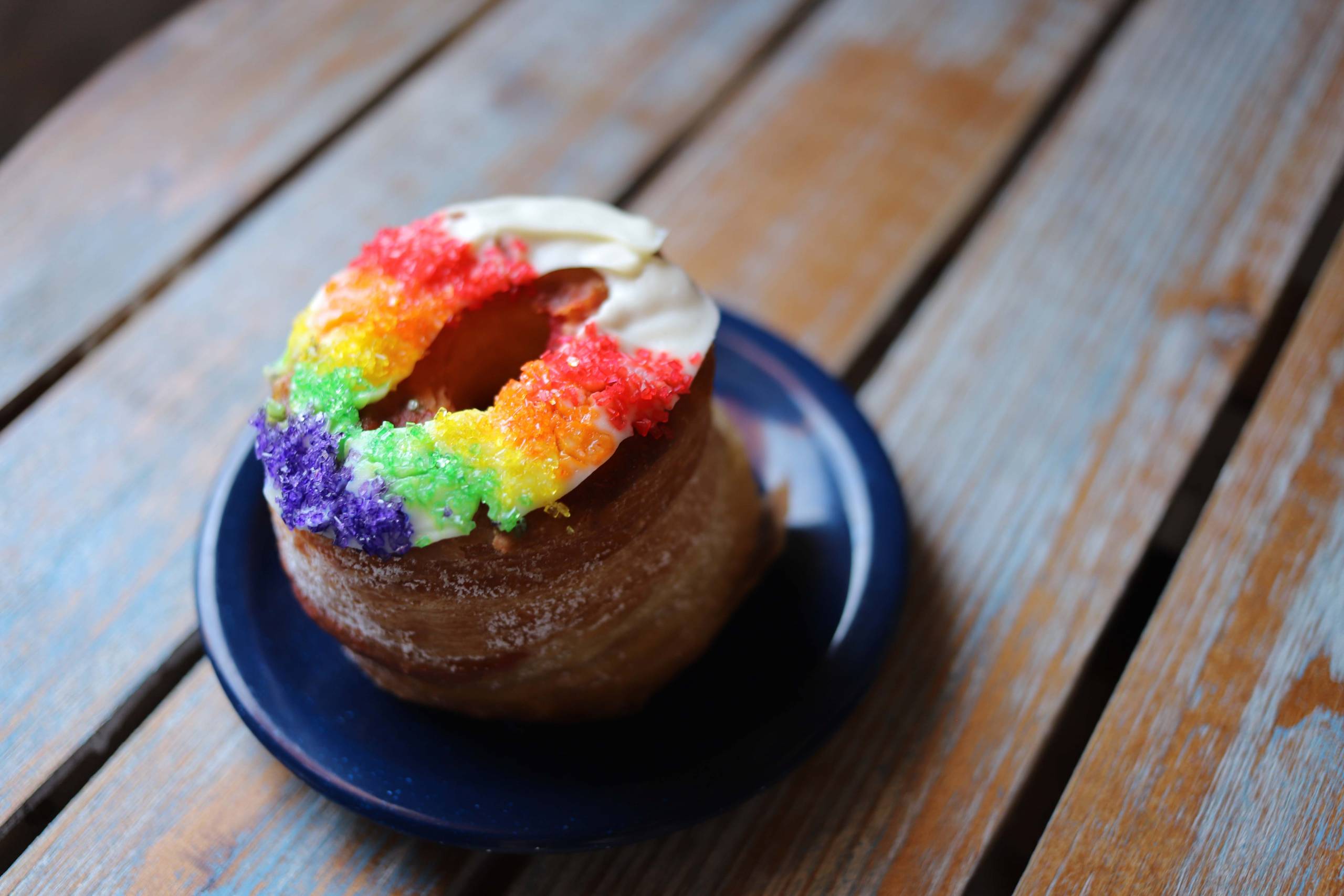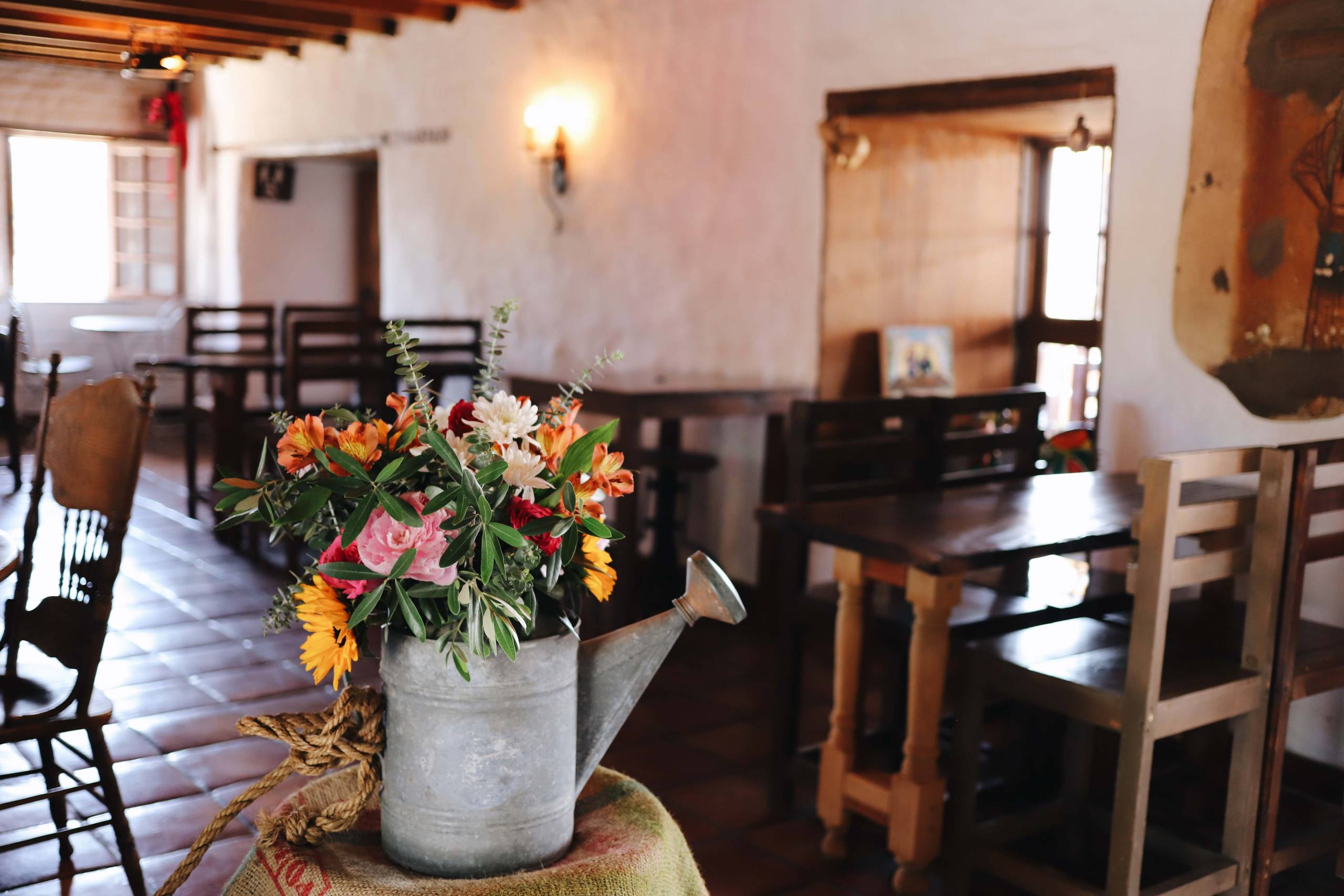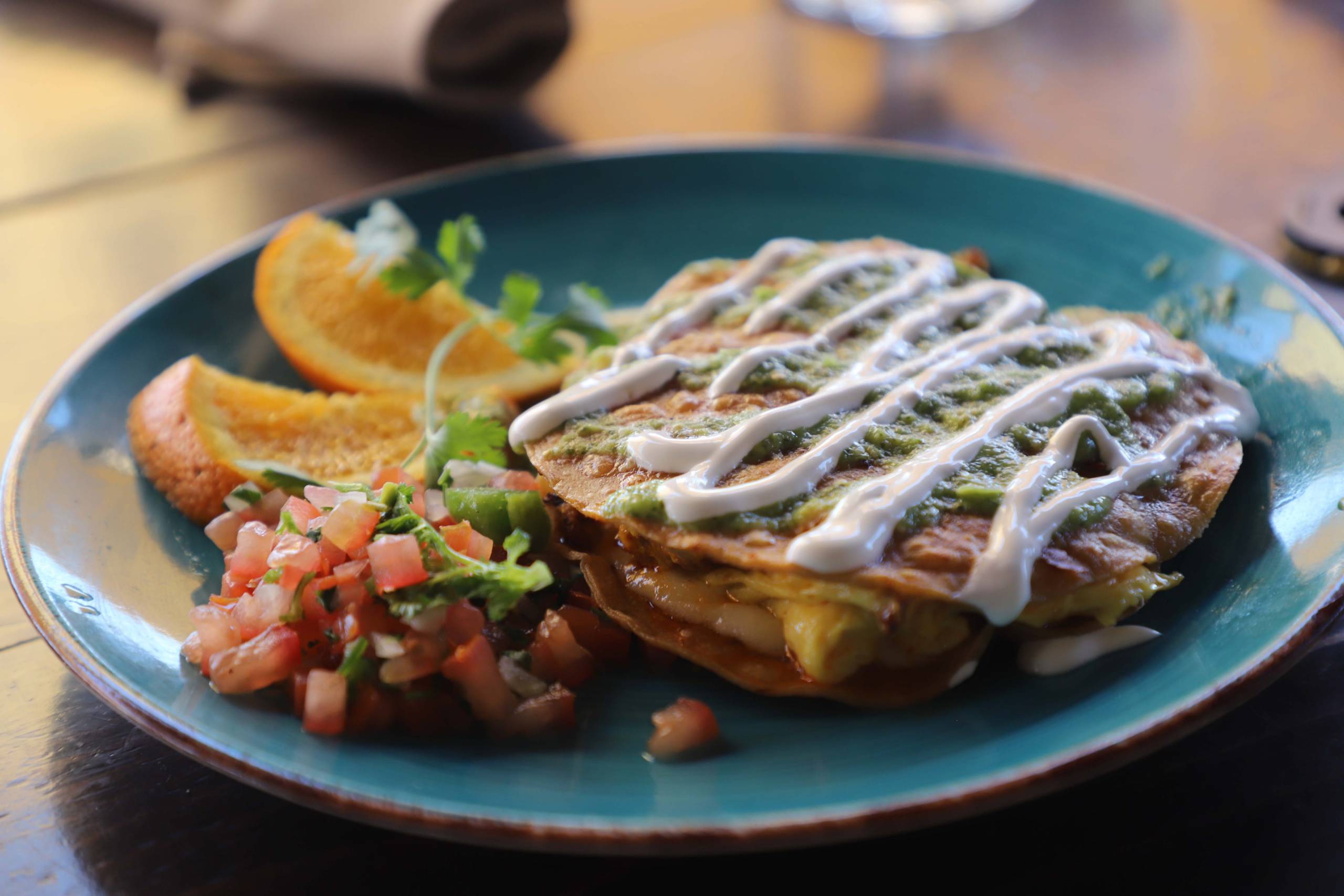W
hen I first started following Napa’s most intriguing new Mexican restaurant on Instagram, the first post I saw wasn’t some glamorous shot of their food. Instead, La Cheve shared information on how undocumented high school students in the area could apply for a scholarship.
As I scrolled their page, I saw a fair mix of cuisine—they are a restaurant, after all. But more noticeably, there was a visible emphasis on community, family and Latinx identity: a heartfelt tribute to a grandparent, a shot of the owner’s godson eating his first pan dulce, and frequent spotlights on other Black- and brown-owned businesses.
It’s not what you’d assume an emerging restaurant in one of the world’s premier wine destinations would be concerned with. But La Cheve is unlike any Napa restaurant I’ve ever been to. Speaking as a Bay Area-raised Mexican American who has lived on both sides of the border, it’s the most uniquely Mexican American restaurant I’ve encountered, anywhere. From its inventive meal offerings (ever had a booze-filled Mexican pastry while sipping on a jamaica flower-infused mimosa?) to its community-oriented projects (it turns out they’re behind four other scholarships), the restaurant, bakery and microbrewery is doing far more than catering to the area’s upscale clientele.
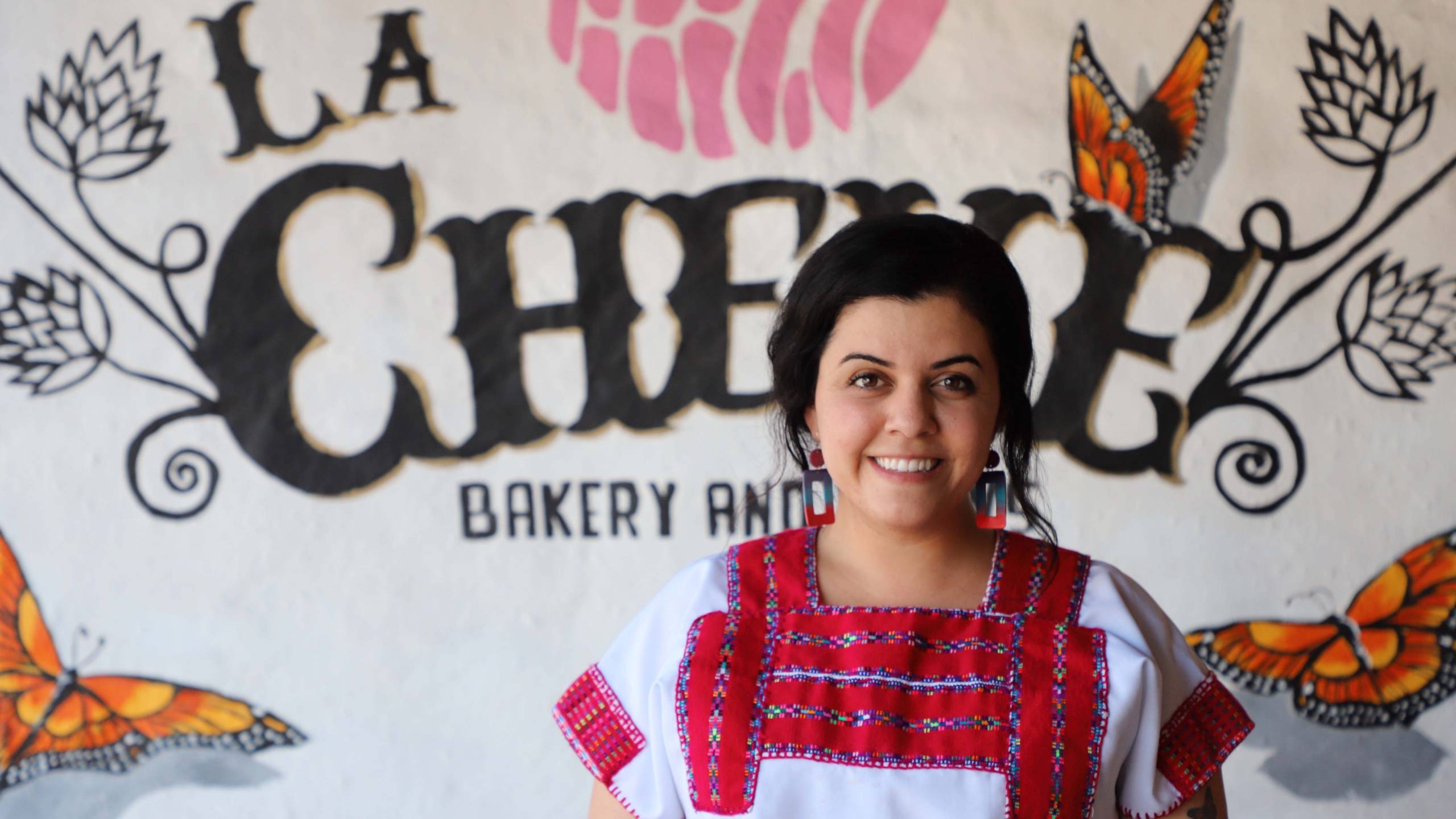
“I was born in Mexico, my family was from a pueblito near Michoacán and we moved to Napa when I was four,” owner Cinthya Cisneros says. “I was undocumented until I was 21.”
These details are perhaps the most essential ingredients at La Cheve, which is orchestrated by Cisneros—the young, radically imaginative and proud Chicanx millennial who is amplifying her community. Since it opened last year in downtown Napa, the humble restaurant has been more than a place to sit and get homemade Mexican treats; it has become a metaphor for the many families of Dreamers who have long been overshadowed by Napa’s high-end reputation.
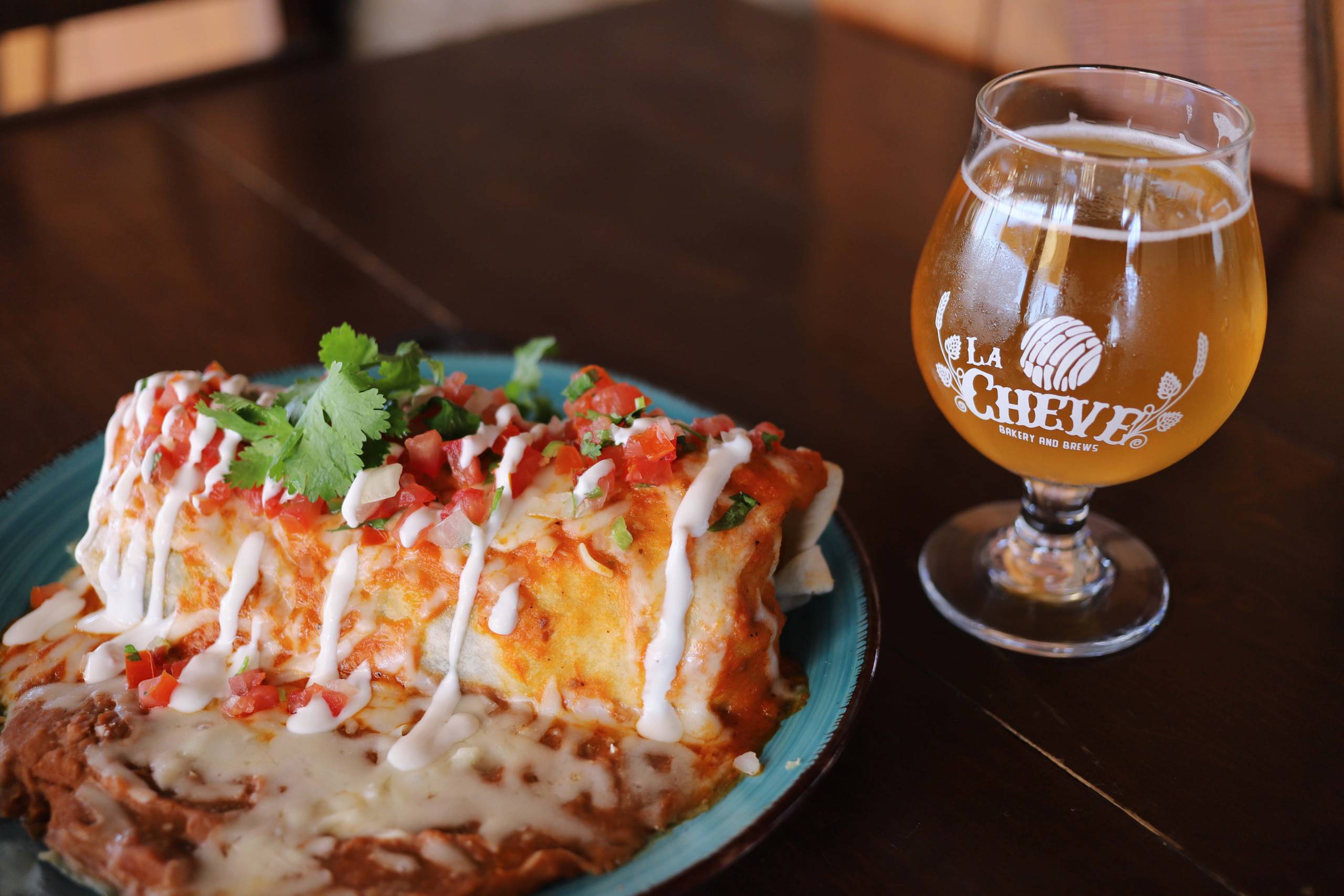
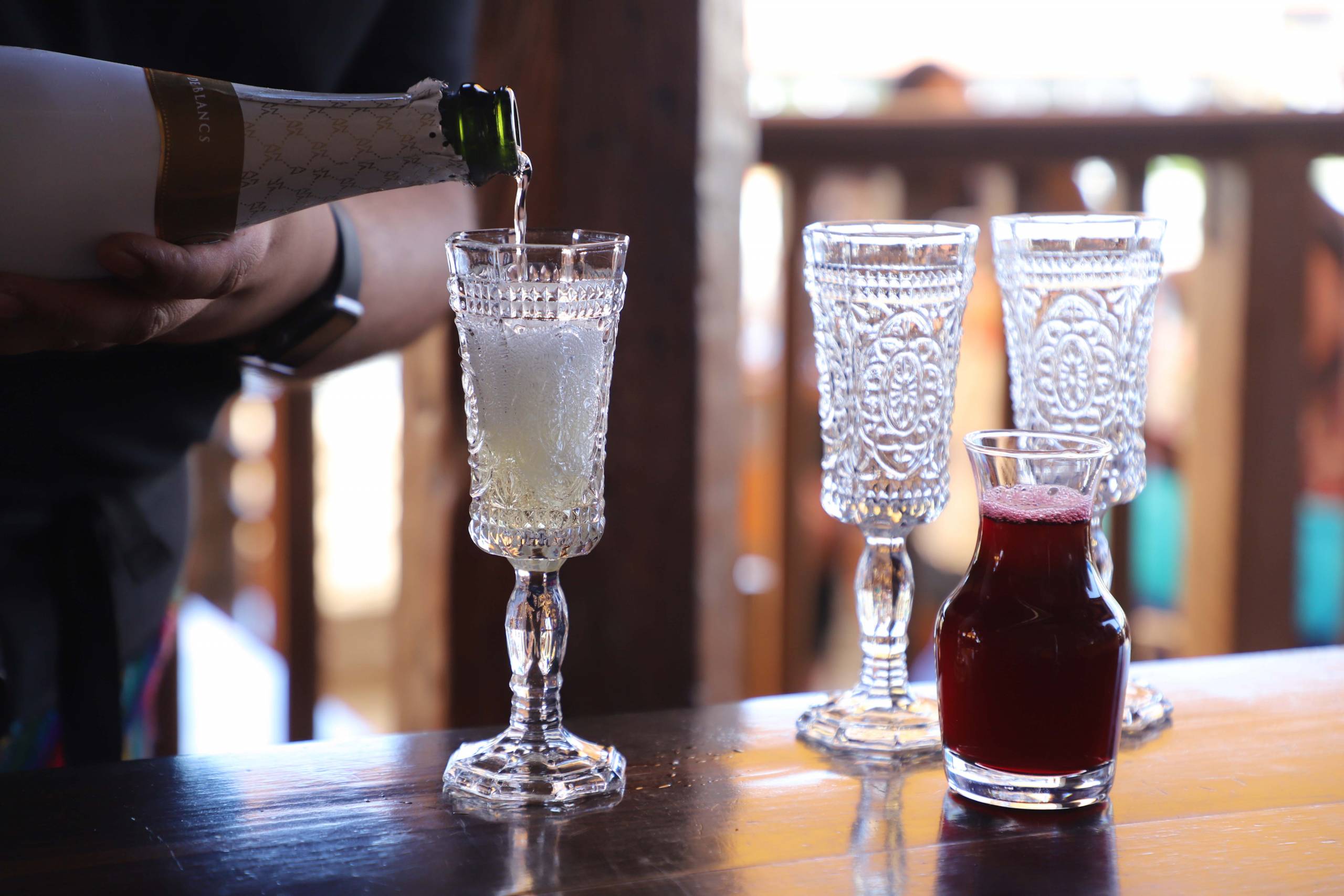
La Cheve is where you go with your abuela and your best friend to eat a burrito de chile relleno for lunch—something you won’t typically see on a traditional menu—while sipping on a house-brewed “American Dream” Mexican lager and listening to Selena’s lyrics dance from the speakers. It’s where you go to eat bistec con nopales and remember that everything we are as Mexican Americans, and as diasporic, diverse Californians, is built upon centuries of migration, change and unlikely remixing of cultures. The food at La Cheve will not only fill you up, it’ll also teach you about the inimitably complex flavors of our beautiful, history-marinated state—all inside Napa’s oldest building.
Napa’s Mexican Roots
Cisneros leased the nationally registered, 175-plus-year-old Cayetano Juárez Adobe building after a three-year search for “the perfect place.” Originally owned by a Mexican soldier and government official, the building housed a family of 11 children and was the site of many gatherings for neighbors, including rodeos. (“They were hella Mexican, just like me,” Cisneros laughs.) The building is so old, in fact, that when it was first built in 1845, it stood on Mexican soil, before the Mexican-American War erupted the following spring. (The treaty that ended the war essentially gave the United States the entirety of what is now the American Southwest, as well as Alta California. Baja California remained in Mexico.)
